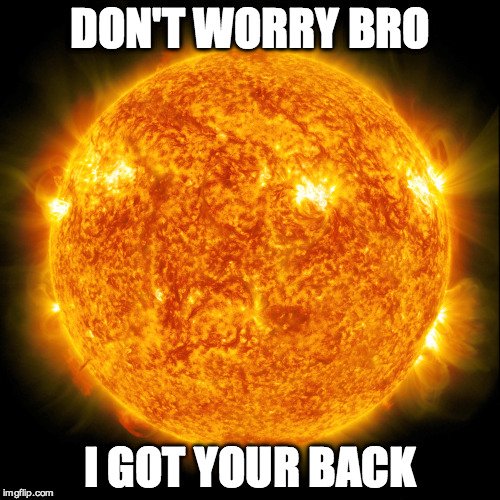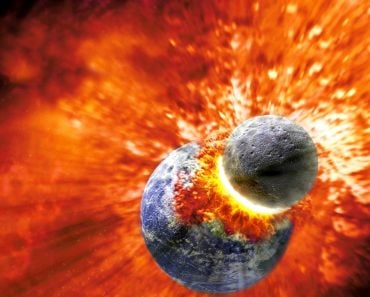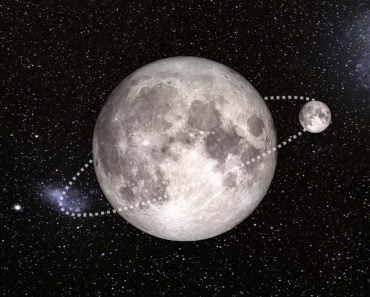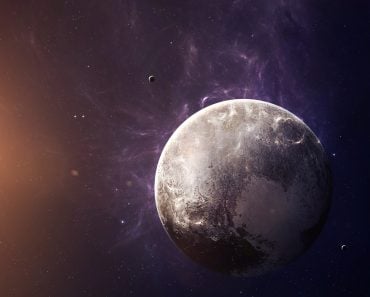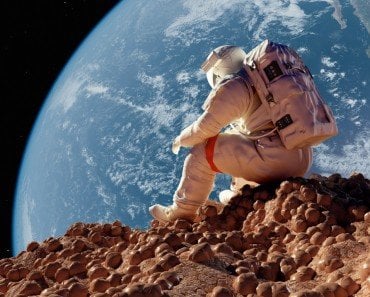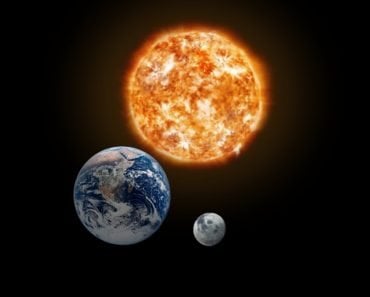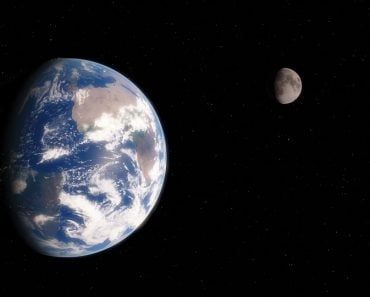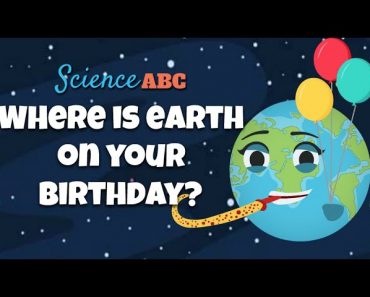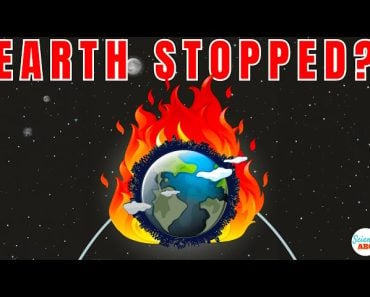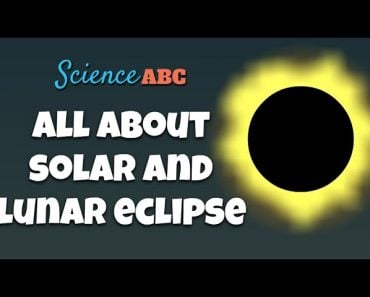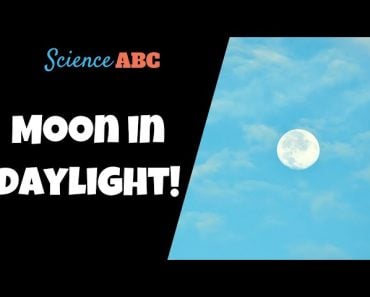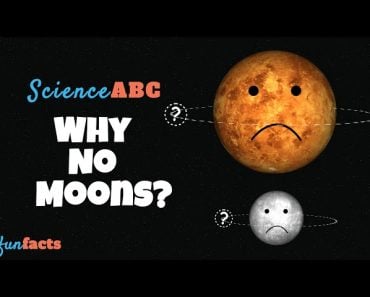Table of Contents (click to expand)
The Moon is tidally locked to the Earth, meaning that it always points the same face towards our planet. The dark side of the Moon is the side that we cannot see from Earth because it is permanently facing away from us.
Let’s talk about the Moon. Yes, the one with the capital ‘M’. Our Moon. Our friendly floating next-door neighbor, the only celestial object on which man has stepped foot… other that Earth, of course!
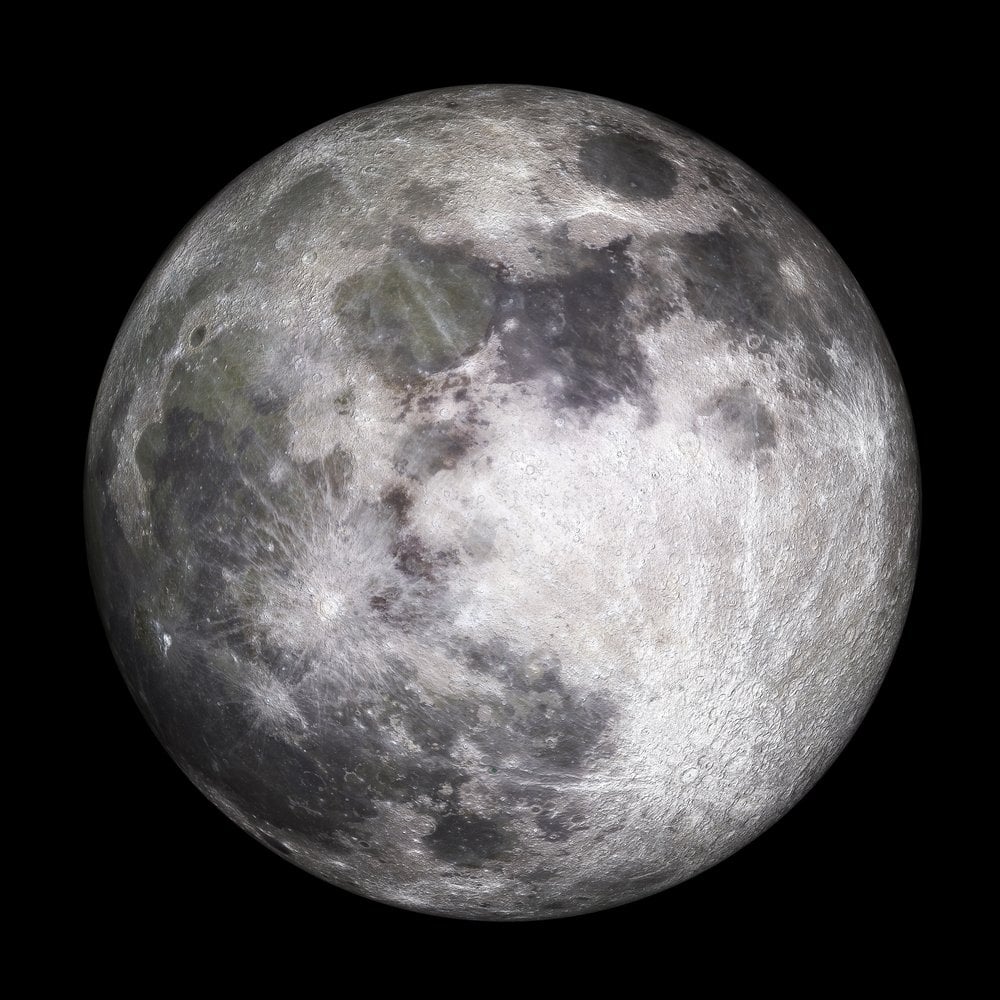
One of the most important things we have learned about the Moon is that while it revolves around the Earth, it always points the same face towards our planet. That is the only face we see when we look at the Moon from home. In fact, we were only able to see the so-called dark side of the Moon for the first time in 1959, when we managed to get a spacecraft into a lunar orbit, allowing it to take pictures of the other side. Until then, there might as well have been cities and lakes there for all we knew.
This perfect positioning is only possible because the Moon takes exactly as long to revolve around the Earth as it does to rotate on its own axis. Thus, for every degree that it revolves on its orbit, it rotates the same amount on its axis, perpetually keeping the same face towards us.
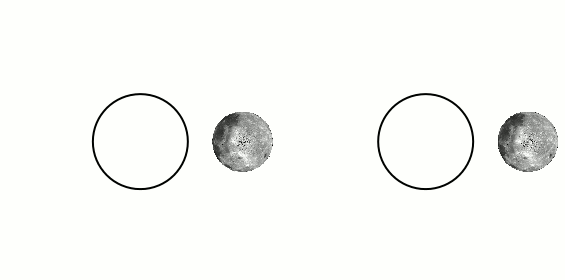
We all understand this, to a certain degree, and that is basically all we know about it. I mean, it’s not like there are other satellites out there whose rotation and revolution have also perfectly synced up. What are the odds of that happening? It has to be a neat little coincidence… Right?
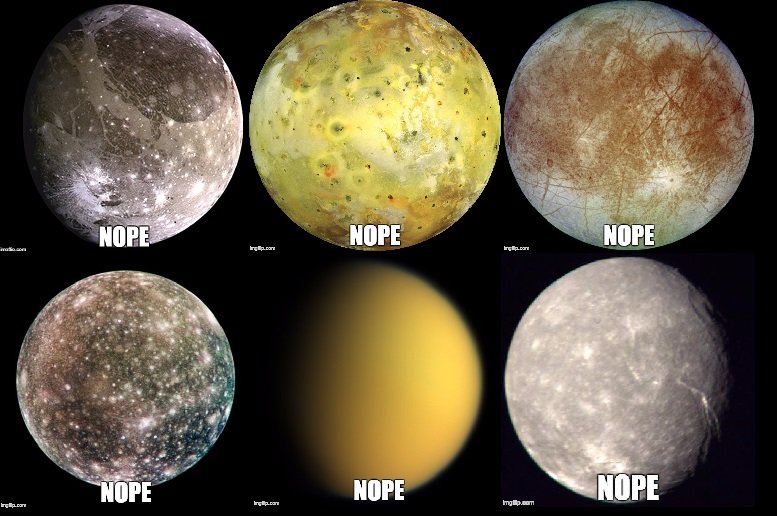
The answer is actually quite simple.
Recommended Video for you:
Enter Tidal Force
Tidal forces occur because the gravitational force is not the same across a body. Newton’s Law states that gravitational force decreases as the square of the distance between two bodies. This means that when you get down to the tiniest details, the gravitational force on the near side of a body must be larger than that on the far side. Furthermore, since we are dealing with bodies the sizes of planets and satellites, this difference can add up to quite a bit, which is the reason we have tides in the first place.
When the Moon is directly overhead, the water on our planet, being more loosely bound than soil, is pulled closer to it. This causes the water level to rise, which leads to a primary high tide. At the same moment, on the exact opposite side, the earth below the water is experiencing a greater force of attraction than the water itself. Again, because it is not bound tightly, the earth is pulled more than the water, so it looks like the water level is going up (when in fact it is the soil beneath that is going down). This is what we call a secondary high tide.
The water between these two regions gets sucked away to fill the two high-tide regions, so we have low tides in the places between the high tides.
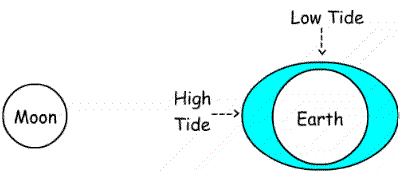
Wait… what does this have to do with the dark side of the Moon?
Well, the reason we see such a dramatic effect of tidal forces every day is because water is a liquid, and can therefore be deformed much more easily than solid soil. However, just because we can’t see it acting on the soil does not mean it’s not there. Just as the tidal forces of the Moon are acting on the Earth, the Earth is exerting its own forces on the Moon. As such, because the forces are that much stronger (remember, gravitational force increases with higher mass), our force has actually ended up creating a bump on the lunar surface close to where it is nearest to the Earth. The Earth has distorted the shape of the Moon ever so slightly into a prolate spheroid, kind of like a very round rugby ball.
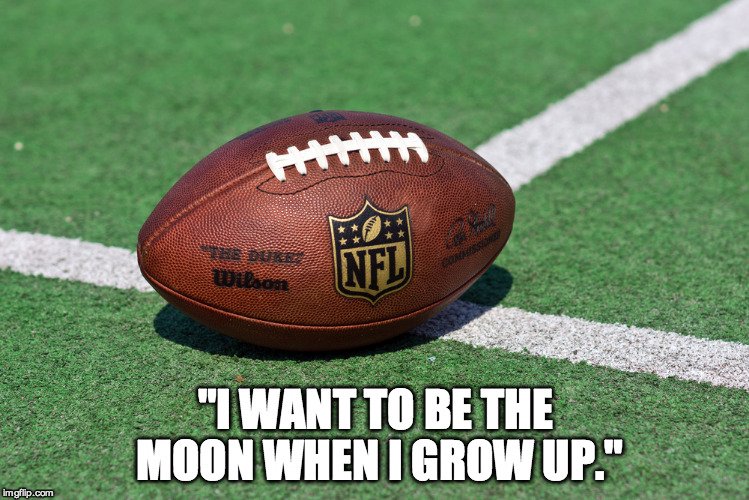
Now, imagine the Moon very early on in its life. There is no reason to suppose that the Moon was tidally locked from the beginning of its existence. In fact, it probably wasn’t. It was either rotating faster than its current revolution, or slower. It really doesn’t matter which, as we shall soon see. Now, the bulge caused by the Earth had to be near the point where the Earth is directly overhead. If the Moon was rotating faster than it was revolving, it would be ahead. The Earth’s attraction would give rise to a torque (think: a twisting force) until it slowed down. The moment the bulge passed underneath the Earth, there would be no more unbalanced force, so it would stay locked in that position. This would also have an effect of forcing the bulge to always stay underneath the Earth, because if it moved away, even a little bit, it would be pulled back. It has no choice but to stay put exactly like that. If it was moving any slower, the twist would simply be in the other direction, but the outcome would be the same.
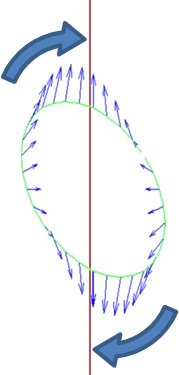
The end result is always identical, which is why we’re only familiar with one lunar face. There is a unique point on the Moon where the Earth is always overhead, or from our perspective, the Moon only shows one side to us. Voila! Synchronous rotation.

Conclusion
As you can see, there is no reason why this has to be an exclusive case for our Moon. In fact, most satellites (barring some small ones that revolve around Jupiter and Saturn) are tidally locked. For Pluto and its moon Charon, the situation is even more extreme. Both of them are so close in mass that they have both become tidally locked to each other. That means that they both show only one face to the other. This is less like a satellite revolving around a planet (okay, dwarf planet) and more like two balls attached to a rod that is twisting on its own.
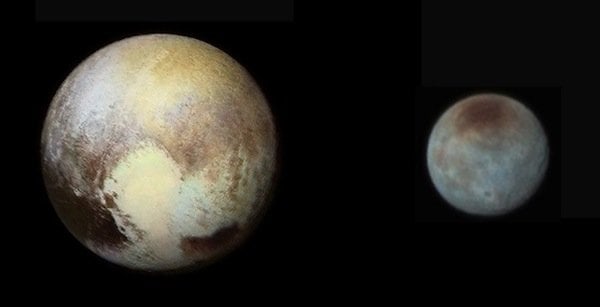
It sucks to be Pluto, huh? Well, we have no right to be all smug about it. It might have slowed to a crawl and gotten kicked out of the planetary gang of our solar system, but we face some of the same problems. Turns out, the tidal forces of the Moon are slowing down the Earth’s rotation as well. When the Earth was formed, a single day lasted for about a quarter of our day (6 hours, more or less). Even now, the Moon is continuing to slow down our day by 15 microseconds every year. However, don’t worry, before the Moon ever tidally locks the Earth, the Sun will turn into a red giant and engulf both of us in a fiery melty death. So, there’s one less thing to worry about, right?
